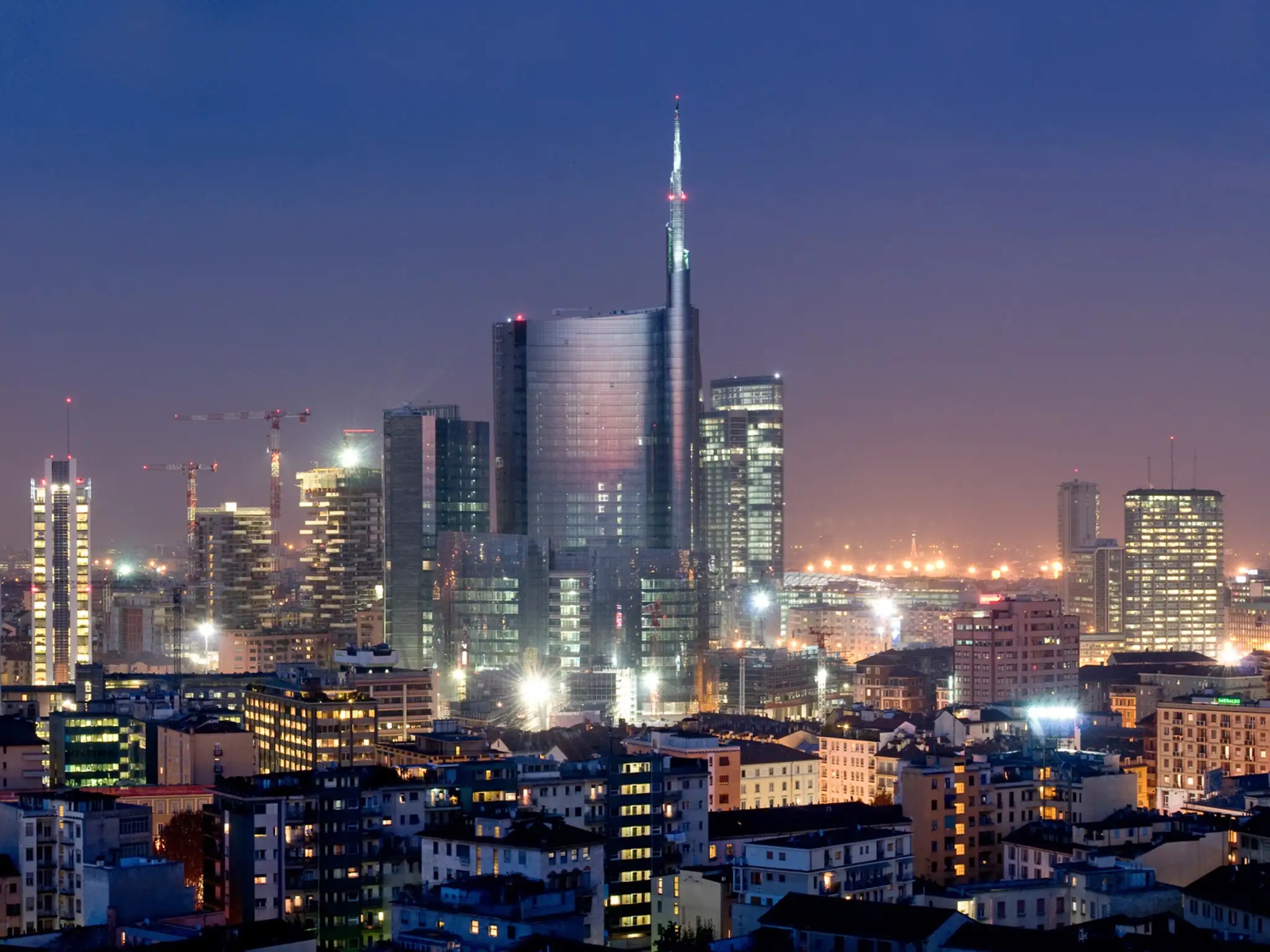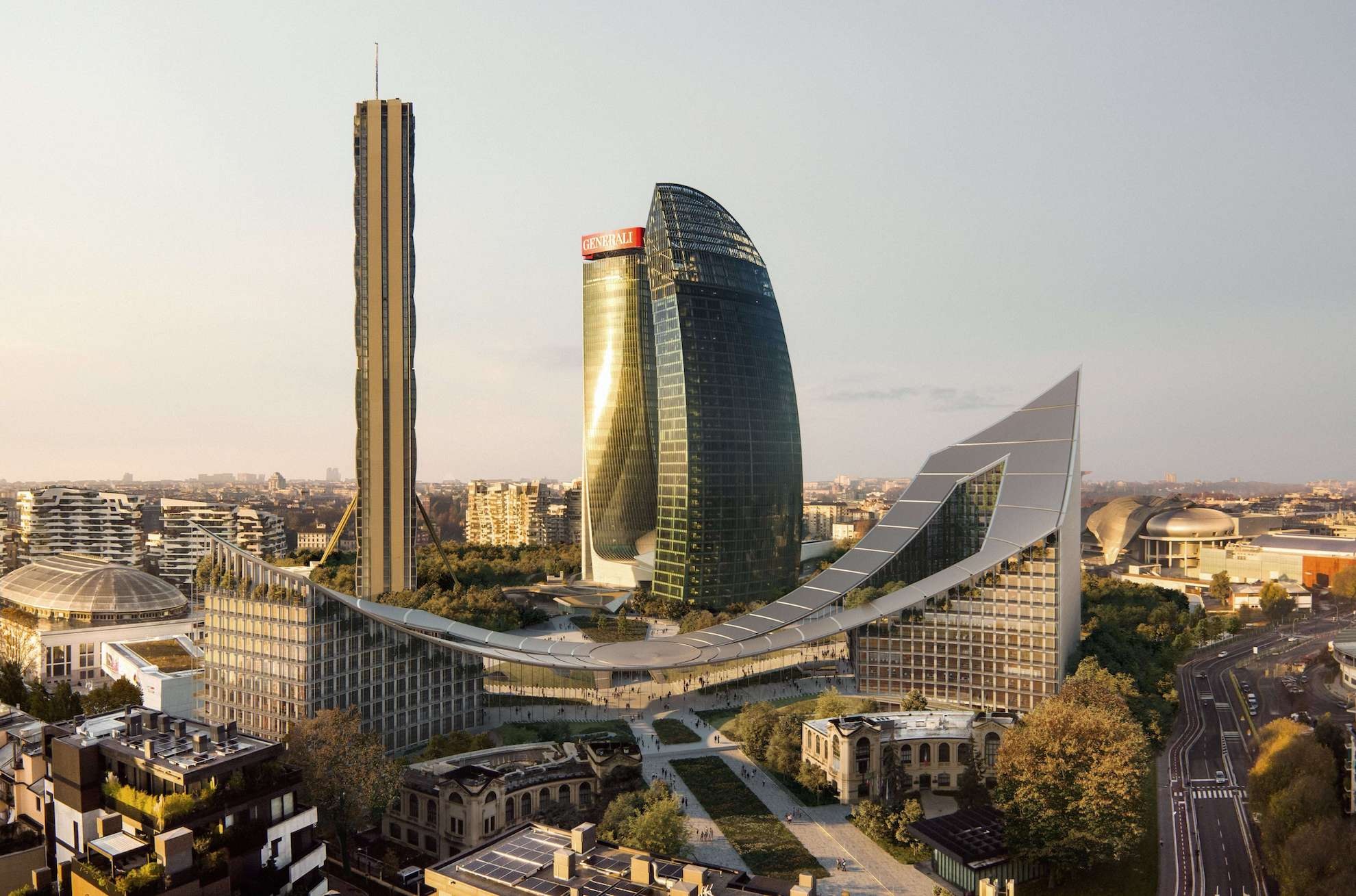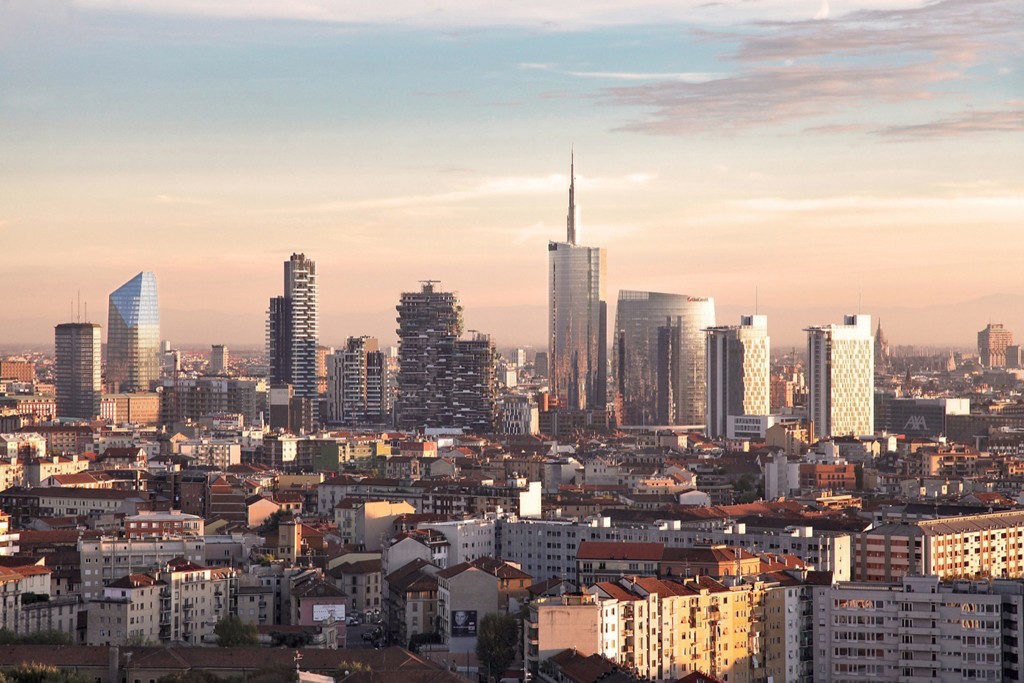From Milano by Michele Bazan Giordano
Glamorous and Trendy Milano

The 2025 annual report of Henley & Partners, the world's leading residence and citizenship investment company, estimates there will be a 24% increase in millionaires in Milan by 2024. Good news? Not at all, given that the rise in the number of Milanese millionaires (so to speak...) has taken place (and is taking place) at the expense of both the less affluent and also the so-called middle class, which is in danger of being downgraded to low class status. Gianni Barbacetto analyses this very well in his essay entitled ‘Contro Milano’ (2025) published by Paper First.

The journalist, a long-standing contributor to Il Fatto Quotidiano newspaper, explains how, over a period of ten years, applying the economic philosophy experimented with to organise Expo 2015, i.e. “to bequeath the city a ‘planetary vegetable garden’, a large green space for showcasing the world's crops”, has actually resulted in ‘a concrete clearing covering what used to be over a million square metres of greenery. So much work and so much money for those who working in the cement business': a prime example, therefore, of urban poisoning of the city in the form of a relentless money-making mechanism that has exploited a large part of the available areas and “re-developable” constructions, which, thanks to investigations recently carried out by the judiciary, has been forced to show its true colours: i.e. “mismanagement” in the “business of public administration and protection of the public interest” (Court of Review, April 2025).

And, although it is true that from 2019 to 2023, Milan
recorded an increase in GDP of 8.7%, the growth has mainly served to promote a
successful ‘Milan model’ that is increasingly ‘glamorous and trendy’ and a ‘profitmaking
fairground’ [...] ‘that accentuates inequalities and penalises thousands of
citizens, who have seen house prices rise by 40% in ten years, while wages have
only risen by 5.4%’. Buildings have grown vertically around courtyards and new constructions
have been passed off as renovations, without enhancing a legacy of social
housing in total physical-social decay.

This building process is driven along by skyscrapers inhabited by people who have little to do with everyday life in the city. Of course, some of these constructions are valuable architectural works in their own right designed by such star names as César Pelli, Arata Isozaki, Zaha Hadid, and KPF, but they have revolutionised the city's skyline rather haphazardly, favouring both builders and property developers and proving ultimately to be completely out of touch with the people of Milan. The city has been transformed in little less than ten years into a sad micro-world promoted by a fake ‘sugary story of it being a metropolis of relentless growth’. Michele Bazan Giordano
